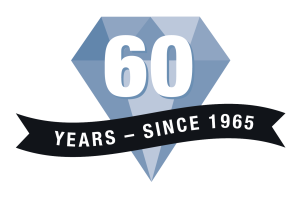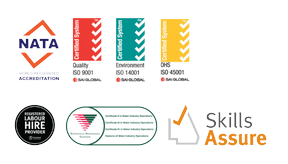Who Really Funds Water Industry Training – and Why It Matters for Water Quality.
When it comes to training in the water industry, funding isn’t just a background issue—it’s often the deciding factor in whether programs go ahead at all. And while it’s easy to assume that Registered Training Organisations (RTOs) hold the purse strings, the reality is far more complex.
Follow the Money: From Federal to State
Training funding starts at the federal level. Each year, the Australian Government allocates a national budget, a portion of which is set aside to support education and workforce development across the states. However, it’s not the federal government that decides where that money ends up.
Instead, once federal funds are distributed to the states, it’s the individual state governments that determine how to allocate them—based on local priorities, demand, and perceived areas of need. This means that the water industry, while essential to public health and environmental sustainability, often has to compete with broader categories like construction, healthcare, and education.

Water Training: A Niche in the Shadows
The water industry represents a highly specialised workforce. With limited numbers of workers needing training at any one time—particularly in remote or regional areas—it can be hard to make the case for large-scale investment. Unlike larger industries that can easily fill classrooms, water operators and technicians typically learn in smaller, dispersed cohorts, which makes the economics of training more challenging.
Queensland vs. New South Wales
Queensland stands out as a strong example of state investment in water industry training. Through programs like User Choice, Certificate III Guarantee, and Higher-Level Skills, the Queensland Government supports a broad range of water qualifications aligned with skills shortages in critical industries. These programs often cover a significant portion—or even the full cost—of training, making it accessible to more learners and easier for RTOs to deliver.
Data from the Queensland Water Regional Alliances Program (QWRAP) backs this up. Their Workforce Skills Survey identified the Certificate III in Water Industry Operations (WIO) as a high-priority qualification under Queensland’s Certificate 3 Guarantee program. This funding model has enabled greater access to training—especially in regional areas—and is directly linked to improved service delivery and operational capacity across Queensland’s water utilities.

Queensland funding is uncapped in numbers for water training and offered as a subsidy, providing additional significant support for country, regional, remote and isolated communities. This provides flexibility and allows significantly for different delivery methods, qualification unit make up and small class sizes to be delivered and supported, with employers able to fund additional units for larger qualifications (eg 14-15 Units vs 11 units minimum for Cert III WIO) and bespoke delivery methods and class sizes.
Reports from the NSW Government confirm these challenges. A 2021 analysis of the NSW water operations workforce found that many operators received inconsistent or insufficient training, with particularly low uptake in regional utilities. The report also highlighted a lack of comprehensive data on training attainment, raising concerns over long-term water quality and operational resilience.
The Real-World Impact: Better Training = Better Outcomes
The difference in outcomes between well-funded and underfunded training environments is stark. In Queensland, robust training support has led to a more skilled water workforce, contributing directly to better operational performance, safer communities, and improved water quality. Meanwhile, in states with more limited funding, gaps in training can result in inconsistent service delivery, delayed responses to issues, and ultimately, poorer water outcomes—particularly in regional and remote areas.
Beyond the Norm: Industry Appeals and Proposals
For qualifications not already supported by standard funding programs, there are mechanisms like industry proposals—formal requests to state governments for funding on non-funded courses. While RTOs themselves cannot submit these proposals, industry stakeholders can. The process is rigorous, requiring support letters from at least three stakeholders (two of whom must be employers), ensuring only genuine workforce needs are considered.
Simmonds & Bristow, an experienced RTO in the water sector, has successfully supported such appeals across several states. Their work highlights both the demand for water training and the barriers posed by inconsistent funding
Conclusion: Funding Isn’t Just a Line Item—It’s a Lifeline
Ultimately, water quality and public health rely on skilled professionals. And skilled professionals rely on access to affordable, practical training. While federal dollars may start the flow, it’s the decisions at the state level that determine whether communities get the water workforce they need.
If Australia wants consistent, high-quality water management nationwide, then fair and adequate training funding needs to follow the flow—right down to the tap.





